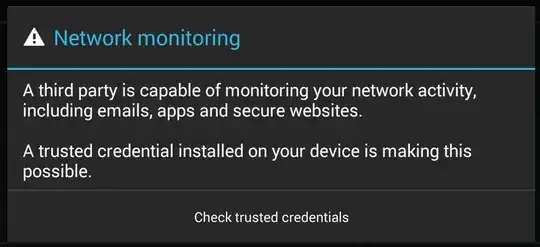SSDs seem to be notoriously tricky to properly erase (see for example this question and answers here). An easier and potentially safer solution could be to physically destroy the SSD device.
I am looking for a way to physically destroy an SSD device that..
- can be done at home / in an office (with limited emissions),
- doesn't require any specialised equipment (standard homeworker tools would be ok),
- provides at least as much safety of destroying all the data as the current software erasure options.
The goal is not to protect against state-level actors, but to provide secure physical data disposal options for average home users or small/medium sized businesses. And it should be practical (of course we can dispose of an SSD in an industrial furnace, but ... - you get the gist ;)).
This question was once asked and answered for HDDs, but in todays times the more relevant question is likely how to get rid of SSD or M2 drives.

